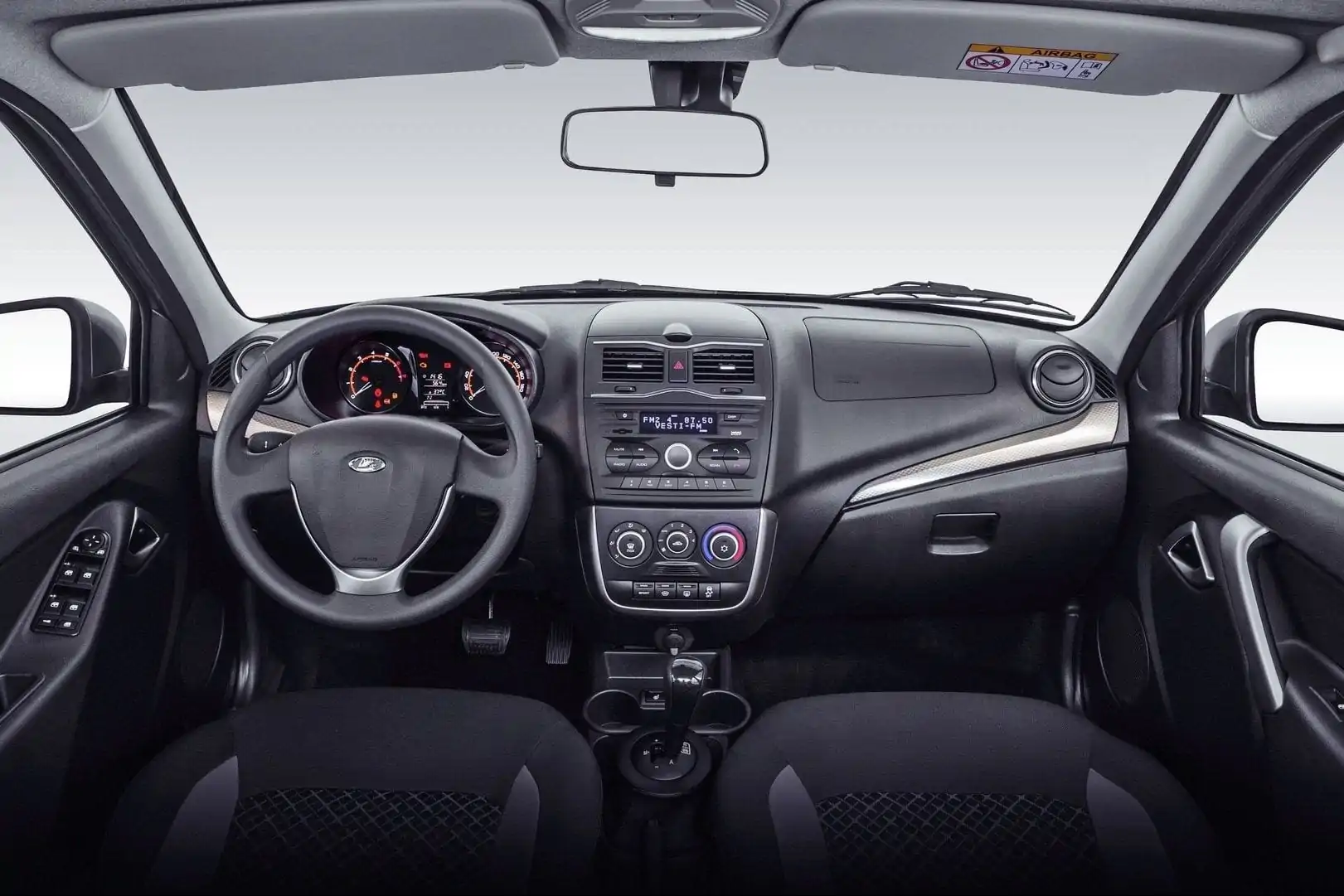
Is it possible to tan through the windshield of a car
In central Russia, a short summer does not always indulge in a cloudless sky. We have so little heat and light that people follow them to the southern seas. As a reward for the love of the sun, the lucky ones get a spectacular bronze tan. But this can only be dreamed of by all those who, during the holiday season, are forced to languish in many kilometers of traffic jams in the metropolis. However, many drivers are sure that on a nice day you can have a good fry without leaving the car - through the windshield. Is this really so, the AvtoVzglyad portal figured out.
In the summer, Soviet drivers were recognized by their left hand, which was always darker than the right. In those days, our cars were not equipped with air conditioning, so the drivers drove with the windows open, putting their hand out. Alas, sunbathing without leaving the car is possible in only one way - by lowering the glass. Unless, of course, you have a convertible.
To begin with, we recall that sunburn is a protective reaction of the body to ultraviolet radiation. The skin darkens and acquires a brown tint due to the production of melanin, which protects us from harmful effects. It's no secret that if you abuse sunbathing, there is a risk of getting skin cancer.
Ultraviolet consists of three categories of radiation - A, B and C. The first type is the most harmless, therefore, under its influence, our body is "silent", and melanin is produced normally. Type B radiation is considered more aggressive, but in moderation it is also safe. Fortunately, the ozone layer of the atmosphere transmits no more than 10% of these rays. Otherwise, we'd all be fried like tobacco chicken. Thank God, the most dangerous category C radiation does not penetrate the Earth at all.

Only type B ultraviolet radiation can force our body to produce melanin. Under its influence, the skin will darken to the delight of all vacationers, but alas, this type of radiation does not penetrate through glass, no matter how transparent it is. On the other hand, type A ultraviolet light freely pierces not only all layers of the atmosphere, but also any lens. However, getting on human skin, it affects only its upper layers, almost without penetrating deep into, therefore, pigmentation does not occur from category A rays. Therefore, catching the sun in order to get a tan while sitting in a car with the windows closed is useless.
However, if you, for example, drive south all day on the M4 under the scorching July sun, you have a chance to blush a little. But only it will not be a tan in the truest sense of the word, but thermal damage to the skin, which passes very quickly. Melanin in this case does not darken, and skin color does not change, so you can’t argue against physics.
Although the glasses are different. Sunburn would easily “stick” to both drivers and passengers if the global auto industry used quartz or organic material (plexiglass) for glazing cars. It transmits ultraviolet type B much better, and it is no coincidence that it is used in solariums.
Ordinary glass in our homes and cars does not have this property, and perhaps this is for the best. Indeed, as already mentioned, no matter how gentle the sun seems, if you do not know the measure, it can reward a person with malignant melanoma. Fortunately, the driver is somehow insured against this.

